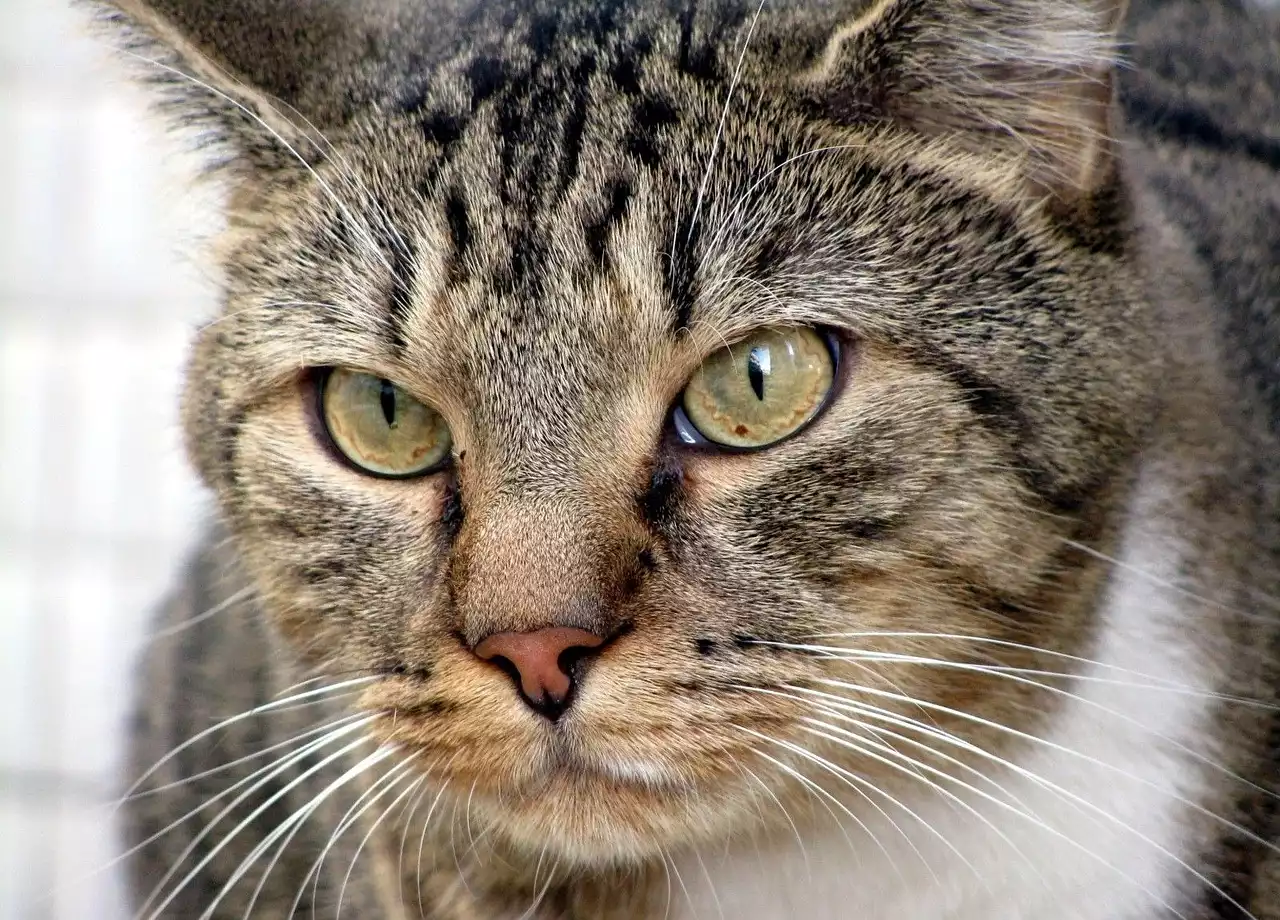In the 1800s, the Kingdom of Siam was an important trading partner for Britain. As a result of this mutually beneficial relationship, many domestic cats in England were of the Siamese breed. These cats also became known as “Siam” cats due to their association with that country at that time. The breed had been discovered much earlier, however, by Dutch and Portuguese traders who brought them back from Southeast Asia (specifically Thailand), hence the name “Siamese” cat. In addition to its striking feline appearance and social disposition, this breed is also notable for being a polydactyl cat, meaning it has more than the usual number of toes on each foot, six instead of five on each front paw, and seven instead of five on each rear one. This can be attributed to their natural tendency to climb trees in their native habitat.
Description
The Siamese cat is a medium-sized, long-haired feline with a muscular yet slender build, and a short, fine, glossy coat. They have a round head and a very distinctive, almond-shaped, blue or green eyes that are set wide apart. They have a medium-length, tapering, well-muscled body, a sturdy, cobby-looking frame and a long, thick, glossy coat. Both the tail and legs are longer than normal, and their paws are large, round and soft-boned, with the middle front toe being the longest. Their coat is either Seal Point (dark seal brown with a lighter colored face, chin, ears and paws), or Blue Point (dark blue with a lighter colored face, chin, ears and paws). Siamese can also be Sable (tortoiseshell), Seal Tortie (tortoiseshell with dark seal brown markings), Blue Tortie (tortoiseshell with dark blue markings) or Chocolate (tortoiseshell with dark brown markings).
Origins
The Siamese cat breed originated in Siam (now Thailand) in the early 19th century, where they were treasured by their royal owners. The breed was introduced to England c. 1880 and was exhibited at the first London Cat Show in 1871, along with their Siamese-patterned cousins, the Tonkinese. The Siamese cat was also exhibited at the first American Cat Show at New York’s Crystal Palace in 1871, where they drew large crowds as they were considered “exotic” and “exotic” breeds were the craze at the time. These were the same cats who had been discovered in the early 1600s by Dutch and Portuguese traders who had sailed to Siam and brought back the beautiful Siamese cats from their native habitat. The breed was first known as the “Siam” cat, and later as the “Siamese” cat.
Breed Characteristics
- Strong, muscular and athletic build
- Long and sturdy frame
- Long, tapering tail
- Flowing, silky coat
- Large paws with the longest toe being the middle one
- Almond-shaped eye
- Round head
- Gentle but playful temperament
- Great for families and children
- Active and vocal
- A climber and jumper
- Long-lived and healthy
Personality and Behavior
The Siamese cat is an intelligent and sociable feline that enjoys being with people. They are very active and playful, which is why they are often referred to as the “Energizer Bunny” of the feline species. They are good with children, other pets (if raised with them from kittenhood), and other household animals. They are easily trained and love to please their human companions; however, care must be taken to keep them away from open windows, as they love to sit on open windowsills and will often jump out. Siamese cats love to climb and perch in high places, and they are very vocal, often talking in a very loud voice. If left outdoors, they will frequent neighbors’ yards, as they are very sociable and friendly, and will make friends with the neighbors’ animals.
Care and Lifespan
The Siamese is a short haired breed that requires weekly combing and brushing (more often during shedding seasons). The Siamese should not be bathed too often, as frequent baths will strip their beautiful coat of essential oils. Bathing should be done only when absolutely necessary, as it will strip their coat of oils and may cause dry skin and dandruff. This breed is very healthy and expected to have a long lifespan, with many living as long as 20 years. They are prone to some health issues, however, including feline acne, heart disease and hyperthyroidism. Other issues are luxating patella (knees that pop out of joint) and feline rhinitis (runny nose).
Conclusion
The Siamese cat has been an admired and loved feline friend to humans for many years. Their striking appearance, gentle and loving personality, and long lifespan make them excellent companions for people of all ages, whether living in a home or an apartment. Siamese cats come in a number of variations, including the Siamese-Patterned, the Dalmatian and the Tortie Point Siamese. Visit your local shelter to discover your new feline friend. They are waiting for you to take them home and love you with their whole hearts!


 {/HEADING} Levis: The World's Most Iconic Denim Brand
{/HEADING} Levis: The World's Most Iconic Denim Brand
 How Pilates Contributes to Holistic Fitness
How Pilates Contributes to Holistic Fitness Stella McCartney: A Fashion Brand with a Conscience
Stella McCartney: A Fashion Brand with a Conscience What Makes the Burmese Cat Unique?
What Makes the Burmese Cat Unique? The British Blue Short Hair Cat
The British Blue Short Hair Cat Should You Adopt a Manx Cat?
Should You Adopt a Manx Cat? Examples of Exotic Short Haired Cats
Examples of Exotic Short Haired Cats